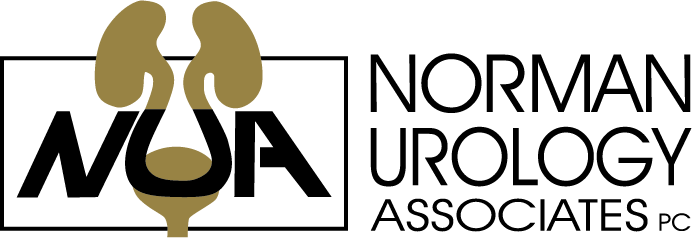Is It Incontinence or an Overactive Bladder? What You Need to Know
Everyone has been there before: You’re out with friends or enjoying a walk in the park when you feel the need to use the bathroom. For a lot of people, this isn’t a big deal - just wait until you find one available and take care of business.
However, if you have bladder issues such as an overactive bladder, it’s a very big deal. Generally, feeling this urge means you have to go and you have to go NOW.
If you’ve found yourself in that situation more than once, you might be experiencing an overactive bladder or urinary incontinence. In this article, we will go over the subtle difference between the two and what possible options you may have to get your life back.
What is an Overactive Bladder?
Overactive Bladder (OAB) is not a disease but a name for a group of urinary symptoms. These symptoms usually include:
A sudden, uncontrolled need to urinate
The need to urinate many times during the day and night
Leaking urine when feeling the sudden urge to urinate
A “normal” bladder slowly fills with urine, and the bladder sends a signal to the brain that it needs to empty. This triggers a mild feeling of needing to urinate, and that feeling intensifies the more the bladder fills over time.
With OAB, a person’s signaling process malfunctions. Instead of sending signals at intervals of growing intensity, the bladder may only send the strong signal indicating it needs to empty immediately.
OAB affects an estimated 33 million people in the United States and disproportionately affects women over men. OAB symptoms can range from being a nuisance to being debilitating depending on their severity. OAB can disrupt work, your social life, exercise, and sleep with the constant worry that you can’t be far from a bathroom.
It’s important to keep in mind that OAB is not a normal part of aging, and it’s not something you just have to live with. Treatment for symptoms of OAB is available to help you.
What is Urinary Incontinence?
While OAB causes a strong urge to urinate frequently, urinary incontinence is the actual involuntary loss of urine. While there are different types of incontinence depending on what is causing it, the type that is common with OAB is called Urge Incontinence.
Urge Incontinence occurs when the bladder contracts involuntarily, causing the uncontrollable loss of urine. Symptoms of Urge Incontinence can include:
A sudden need to urinate that leads to wetting accidents
A sudden need to urinate at night
Accidental leakage while sleeping
Normally, muscles called sphincters control the flow of urine from the bladder. When someone has Urge Incontinence, however, the muscles of the bladder override the sphincter muscles causing urine to leak out of the bladder.
Like OAB, it’s important to note that urinary continence of any sort is not a normal part of aging. If you find your urinary incontinence is affecting your daily life and keeping you from enjoying normal activities, don’t hesitate to contact your doctor. For most people, simple lifestyle and dietary changes or medical care can treat symptoms and help them return to a more normal life.
Treatment for Overactive Bladder and Incontinence
While both of these conditions can create stress by affecting your daily activities, symptoms of both are treatable and there is help to alleviate that stress.
Some treatments for Overactive Bladder and incontinence include:
Behavioral Therapy
The most non-invasive and usual first choice for treating an overactive bladder are behavioral therapies such as exercises. Some of these therapies include:
Pelvic Floor Exercises - These exercises help strengthen your pelvic floor and the muscles that help you control your bladder.
Weight Management - Extra weight may make your symptoms worse, so losing weight may help alleviate them.
Scheduled Toilet Trips - Scheduling set times to use the bathroom may help you urinate in a timely fashion that doesn’t force you to wait until you feel the urge.
Medication
There are a variety of medications on the market to help with overactive bladder. These medical therapies usually help relax the bladder to help relieve symptoms and reduce episodes of Urge Incontinence.
Bladder Injections
In small doses, Botox injections into the bladder tissues can help relax your bladder muscles. Studies also show that these injections also alleviate severe Urge Incontinence. These effects usually last about 6 months, so regular treatment is required to manage your symptoms.
If you’re experiencing the symptoms described here and would like more information on how you can relieve them, your first step is to talk to a specialist like the doctors at Normal Urology. For almost 35 years, our practice has helped thousands of patients feel better and reclaim their life. Contact us today to set up an appointment with one of our doctors to discuss how we can help you do the same.
